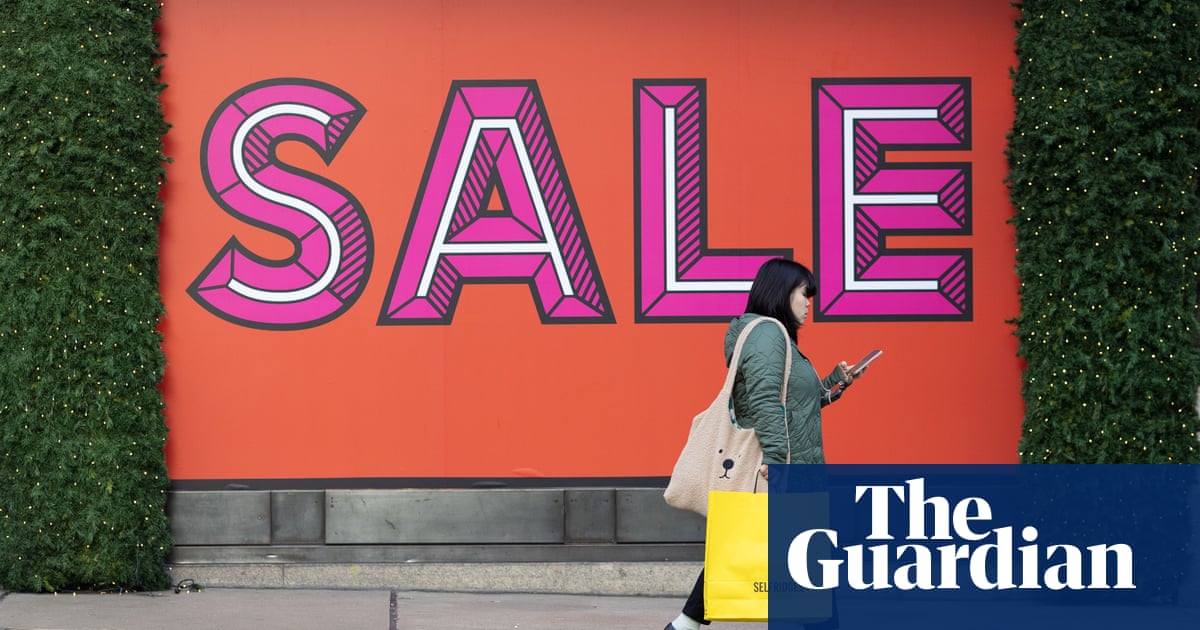
(Reuters) - U.S. and European companies have marked another milestone in their road to recovery from COVID-19, seeing their debt levels relative to profits tumbling to the lowest since before the pandemic erupted in 2020.Net leverage, an important gauge of a company’s financial health, refers to net debt as a proportion of EBITDA - earnings before accounting for interest, taxes, depreciation and amortization.
At U.S. companies rated investment-grade, it fell in the second quarter to the lowest since 2018, according to BNP Paribas, while European leverage is the lowest since 2019.
The trend is a good sign for corporate debt markets, where the lowest-rated segments are outperforming this year, signalling normalising credit quality.
“The earnings recovery has been much steeper than what we had initially had in mind, partly because the economy and corporate earnings have become increasingly COVID-immune,” said Viktor Hjort, global head of credit strategy at BNP Paribas.
Graphic: Corporate leverage at pre-pandemic levels
Earnings at S&P 500 and STOXX 600 companies are already some 40% above pre-pandemic levels, according to Refinitiv, with the vast majority of companies beating forecasts.Leverage has fallen fastest at U.S. firms with “junk” credit ratings, or below the BBB- threshold, where it is nearly at pre-pandemic levels, BNP’s data shows.
Kristjan Mae, analyst at asset manager Schroeders, said that while deleveraging at U.S. investment-grade companies was mostly down to strong earnings growth, junk or high-yield firms “have been taking active steps, as is illustrated by negative debt growth”.
As of August, U.S. high yield debt was down 1.3% from year-earlier levels, data from BofA shows.
“As some of the lower-rated companies have been under pressure to cut leverage, this is perhaps not a surprising development,” Mae wrote in a note.
Graphic: Total U.S. junk debt fallsBNP Paribas data also shows that quick ratios - effectively an indication of how quickly a borrower can pay off short-term obligations with available liquidity - are well above pre-pandemic levels.
The U.S. quick ratio has dipped slightly from a 10-year high to 95%, but in Europe it is at the highest since 2005 at 84%, possibly due to regional companies’ unease about slower economic recovery.
“That speaks of corporates that haven’t fully recovered their confidence in the future, that are still acting as if there’s a bit of a pandemic going on, or not quite certain that they will have as much access to funding as they did pre-COVID,” Hjort said.
Companies worldwide are sitting on some $5.2 trillion in cash, a Janus Henderson report found in July, a result of spending caution and big precautionary borrowings during the pandemic months.
But spending on dividends and capex has increased, meaning cash balances should decline from here. Global capital expenditure is set for the best year since 2007, says S&P Global, predicting a 13% surge.
But the process is expected to be slower in Europe, which Hjort said could help the region’s corporate bonds outperform over the coming months.
Graphic: Corporate liquidity ratios remain elevated












